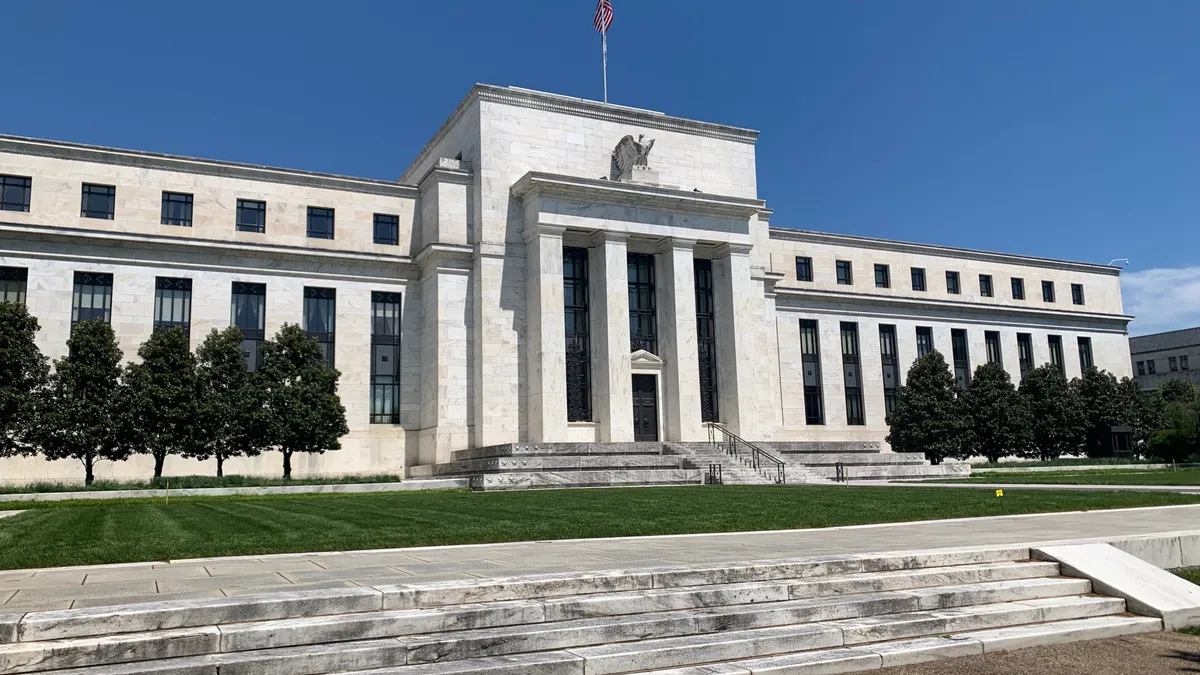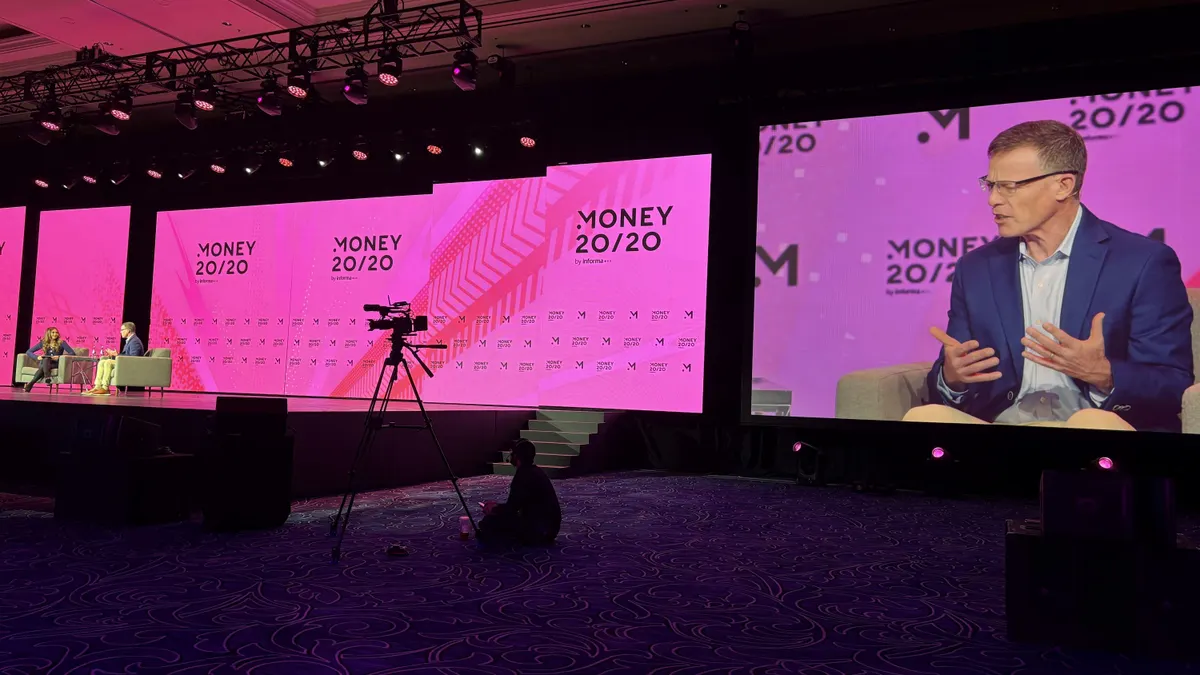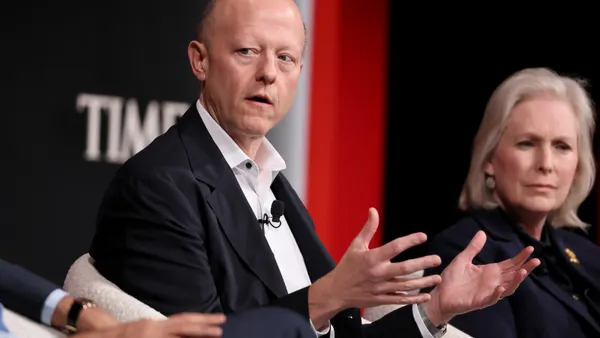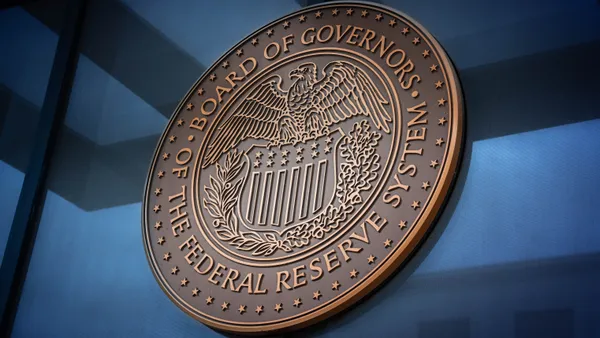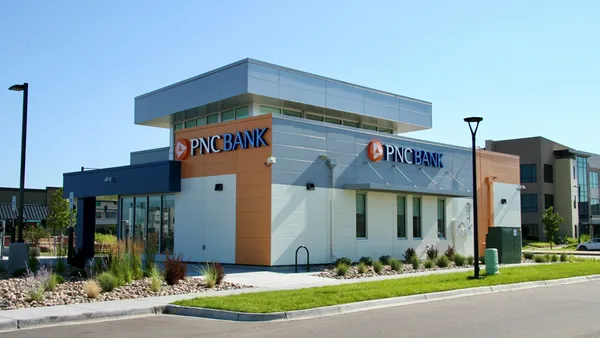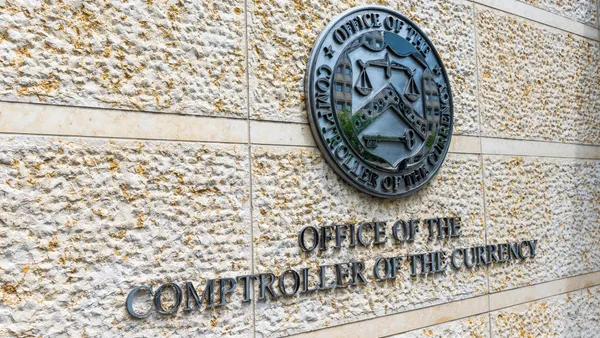UPDATE: June 29, 2021: All but one of the six largest U.S.-based banks said Monday they would raise their quarterly dividend payments, a move the Federal Reserve allowed after it revealed stress test results Thursday — and the subsequent lifting of restriction on dividend payouts and stock buybacks.
Morgan Stanley said it would double its dividend payout to $0.70 per share. The bank’s board also approved an increase, from $10 billion to $12 billion, in its share buyback program over the next year.
Wells Fargo also said it would double its dividend — to $0.20 per share. That comes about a year after the bank cut the payout from $0.51 to $0.10.
Goldman Sachs said it would raise its dividend payout to $2 per share from $1.25.
JPMorgan Chase said it would boost its dividend to $1 per share from $0.90 and continue a $30 billion share repurchase program it announced last year.
Bank of America said it would increase its quarterly dividend by 17% to $0.21 per share from $0.18. The bank announced a $25 billion share repurchase plan in April.
The lone holdout was Citi, which said it would leave its dividend payout level at $0.51 per share, where it’s been parked for two years. CEO Jane Fraser said the bank would be “continuing with our planned capital actions” regarding share repurchases.
Together, the increases boost dividends at the nation’s six largest banks by an average of 40.4%. Increased dividends for the 13 banks that updated investors Monday will boost shareholders' windfall by $2.08 billion in the third quarter, the Financial Times calculated.
Dive Brief:
- The Federal Reserve said Thursday it would end temporary limits on dividend payouts and share buybacks June 30 after all 23 banks subject to the central bank’s annual stress tests easily passed.
- The six biggest U.S.-based banks — JPMorgan Chase, Bank of America, Citi, Wells Fargo, Goldman Sachs and Morgan Stanley — are expected to pay out $142 billion to shareholders over the next four quarters, Bloomberg reported this week. Banks will be able to disclose their planned capital distributions after the stock market closes Monday.
- Under the test’s severely adverse scenario — in which unemployment jumps to 10.75%, gross domestic product falls 4%, and the commercial real estate and corporate debt markets suffer substantial stress — the 23 tested banks would collectively see more than $470 billion in losses, the Fed found. But bank capital ratios would decline to 10.6% on average — more than double the 4.5% minimum requirement.
Dive Insight:
Capital ratios for tested banks ranged from 7.3% for HSBC’s North American unit to 23.2% for Deutsche Bank’s U.S. subsidiary.
"Over the past year, the Federal Reserve has run three stress tests with several different hypothetical recessions and all have confirmed that the banking system is strongly positioned to support the ongoing recovery," Randal Quarles, the Fed's vice chair for supervision, said in a statement Thursday.
The results prompted a range of reactions from advocates and former regulators.
"The strength and resiliency of the nation’s largest banks have been reconfirmed," Kevin Fromer, the chief executive of the Financial Services Forum, said in a statement. "This reasonable return of excess capital will support the economy as we build a strong and broad recovery."
However, Sheila Bair, who led the Federal Deposit Insurance Corp. (FDIC) from 2006 to 2011, said the banks passed too easily, indicating the tests are focused too much on past events such as the 2007-08 crisis rather than future threats like climate change.
"I’m losing my faith in the stress tests," Bair told The New York Times. "They need to get a little more creative … They’re looking in the rearview mirror — that’s the problem."
Nineteen large banks are required to undergo the tests, and four others with assets of between $100 billion and $250 billion — Regions Bank, BMO Financial and the U.S. units of MUFG and the Royal Bank of Canada — opted in.
David Turner, Regions’s CFO, said in April that the bank chose to subject itself to the tests because executives were confident the results would prove the bank can assume a lower stress capital buffer.
"This gives an opportunity for an independent third party — in this case, the Federal Reserve — to show everybody what our losses are relative to peers," Turner said during an earnings call, according to American Banker.
U.S. arms of foreign banks, meanwhile, use the test to "[show] the Fed that they have infrastructure in place that’s as good as anything else out there," Scott Siefers, managing director and senior research analyst at Piper Sandler, told the publication.
The Fed ordered banks to suspend stock buybacks and cap dividend payouts in June 2020 to protect against potential losses amid the COVID-19 crisis. After an extra round of stress tests, it relaxed some of those restrictions, saying dividends and buybacks couldn’t exceed profits from recent quarters.
"A year ago the Fed saw a lot of uncertainty and really wanted the banks to have an abundance of caution," Christopher Marinac, research director at Janney Montgomery Scott, told Reuters. "It is now time to release the extra capital and let the banks go back to the new normal."


